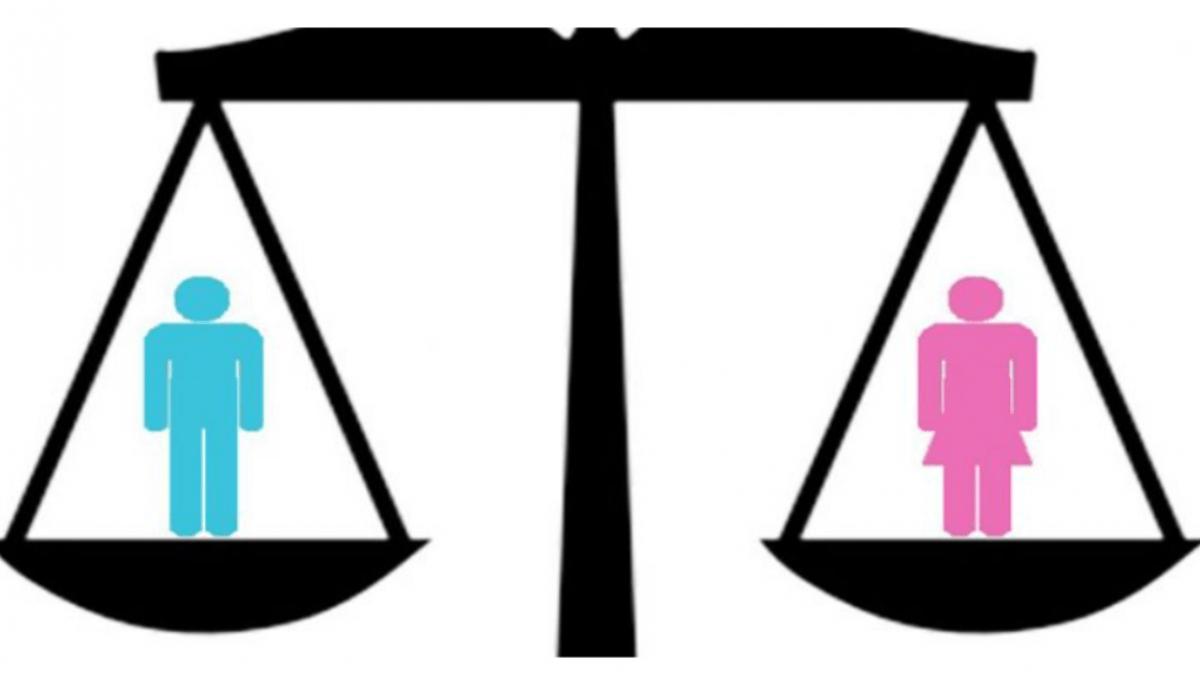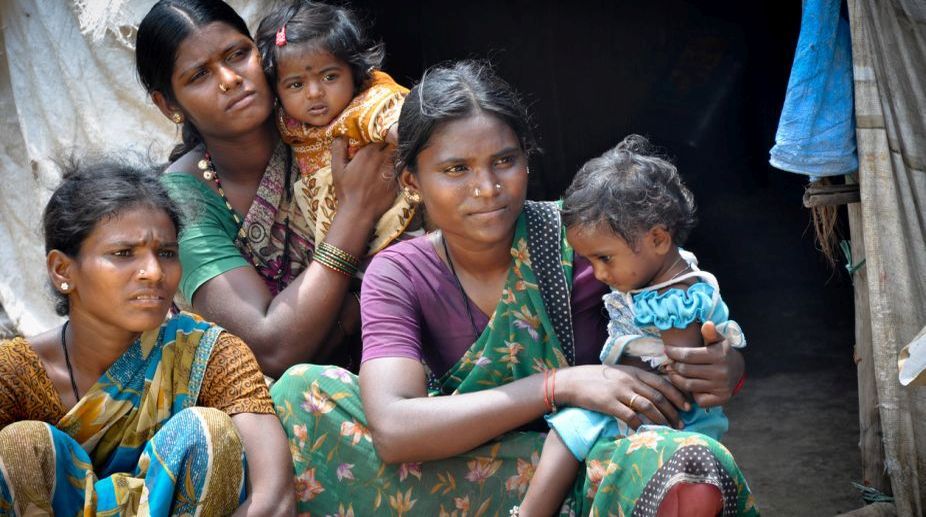Macroeconomic policies must be gender-sensitive. While annual financial statements and economic surveys in India overlook the relevance of gender, it profoundly influences major economic factors like consumption, investment, and national output. Gender disparities in behaviour, whether from personal choices or public policies, significantly affect economic aggregates. Unfortunately, fiscal and monetary policies generally lack this gender-sensitive approach.
The triple role of women
Our economic planning must acknowledge the triple role of women – reproductive, productive, and community work – as the majority of this labour goes unpaid. This vital work often remains unnoticed in government support and policy decisions. Stotsky’s IMF Working Paper, “Gender and Its Relevance to Macroeconomic Policy,” highlights how this impacts socio-economic development.
Women’s formal income significantly influences the well-being of their families, particularly in female-headed households when men are away for extended periods due to work. Women’s community responsibilities, like providing water and healthcare, require the allocation of limited resources for their households. This triple role is most pronounced in rural settings and lower-income families. Given the interdependence of these roles, gender-sensitive economic policies are essential for enhancing women’s well-being in the macroeconomic landscape.
Gender differences in behaviour and macroeconomic outcomes
Widespread gender-based behavioural differences significantly impact various macroeconomic factors like savings, investment, risk-taking, and consumption. Women often allocate a larger share of household resources to meet basic needs, displaying more cautious investment and lower risk-taking behaviour. Research from the International Labour Organisation indicates that women contribute more of their income to household consumption than men, with a preference for goods like education, healthcare, and food, enriching their children’s human capital.
However, variations exist, such as spending differences on sons versus daughters. Furthermore, women exhibit better credit repayment records, highlighting the effectiveness of micro-credit initiatives when targeting women. These gender disparities influence how macroeconomic policies impact a nation’s economic progress. Recognising these distinctions is vital for policymakers, enabling women to exert greater control over household expenditures and strengthening overall economic conditions.
How India includes gender in economic planning
The Government of India publishes a Gender Budget Statement annually along with the Union Budget, as a reporting mechanism for ministries and their departments to review their programmes from a gender perspective and to understand the magnitude of allocations to women. Though it is not a separate accounting exercise and just a continual process of ensuring gender perspective in policy formulation, it falls short of addressing the gender differential impacts of the government budgets.
Gender budgeting started in India way back in 2005-06 as a fiscal innovation. The National Institute of Public Finance and Policy had designed the analytical metrics, methodology and institutional mechanisms to include gender commitment into budgetary commitments. The annual Gender Budget Statements are divided into two parts. Part A comprises women-specific schemes with their entire allocation going towards women’s welfare. Part B includes schemes with at least 30 percent of their allocation relating to women. India’s gender budgeting framework has helped design new programmes for women across 30 union ministries and departments and 5 Union Territories.
Gender based allocations in 2023 Budget have not been entirely assuring. There has been a 228-percent hike in Part A of the gender budget, from INR 26,772.89 crore in 2022-23 to INR 88,044.21 this year. 90 percent of this, i.e. INR 54,487 crore has been allocated to the Pradhan Mantri Awaas Yojana under which women applicants get special interest rates and other benefits for housing loans.
However, Part B of the gender budget is the bigger of the two components and it encompasses several schemes related to rural development, health, education and women’s empowerment. Part B received INR 1.35 lakh crore which represents a 6% percent drop from 2022-2023. Few ministries have also rolled out initiatives targeted at women. The Ministry of Petroleum and Natural Gas acknowledged the perils of indoor air pollution that confront mostly women and children as they spend more time indoors. The Pradhan Mantri Ujjwala Yojana which provides free liquefied petroleum gas (LPG) connections to women in low-income households – has so far covered 715 districts in India.
Providing clean cooking fuel to poor households and replacing the unhealthy conventional cooking fuels brings direct benefits to women, who are normally expected to spend more hours for cooking chores. Similarly, out of the 463 million Jan Dhan accounts opened till August 2022, 56 percent were by women. 57 of India’s 58 central ministries have by now set up gender budgeting cells. Programmes of 41 of the 93 departments are reported in the gender budget statement of 2022.
How India’s budget misses the mark on gender
However, despite Gender Budgeting being operational for 18 years, budgetary expenditure on it remains 4-5 percent of the total, comprising less than 1 percent of the country’s gross domestic product (GDP). Some of the most vital schemes that affect women are missing in the gender budget. For example, the Jal Jeevan Mission, aiming to provide tap water connections to all rural households by 2024, has not been reported in the gender budget.
Moreover, Part A that comprises women-specific programmes has always received lower share of budgetary allocations compared to Part B. Shortage of good quality gender disaggregated data is another challenge, and ministries that do not capture gender-disaggregated data from their programmes are unable to assess the outcome of targeted expenditure towards women empowerment.
Shortage of good quality gender disaggregated data is another challenge, and ministries that do not capture gender-disaggregated data from their programmes are unable to assess the outcome of targeted expenditure towards women empowerment.
In the past 5 years, the quantum of India’s gender budget has remained in the range of 4-6 percent of total expenditure and under 1 percent of Gross Domestic Product (GDP). Only during 2020-21, we could see India’s gender budget increase to 1.06 percent of GDP, owing to emergency spending on social protection schemes, such as Ujjwala Yojna and Jan Dhan Yojna during COVID-19 pandemic. Even then, the actual expenditure was just 0.77 percent of the GDP.
There exist significant variations between actual revenue and expenditure from the forecasted budgetary magnitudes, which may hint towards lack of fiscal marksmanship. Around 90 percent of gender budgeting is concentrated only in five ministries – Women and Child Development, Agriculture, Rural Development, Health and Family Welfare, and Education. MGNREGA receives the lion’s share, while areas such as transportation, water collection etc. remain ignored. For example, Jal Jeevan Mission does not have a gender budget despite water security having the greatest impact on women.
A larger share of the 2023-24 budget will go to programmes targeted towards women compared to the previous budget.
However, not all is gloomy in the gender budget. A larger share of the 2023-24 budget will go to programmes targeted towards women compared to the previous budget. A total of 5 percent of the total expenditure has been allocated towards women-concerning issues, which is higher than the 4.3 percent allocated last year. It remains to be seen how much of the allocation translates to actual spending on women-related programmes.
The need for gendered macroeconomic planning
The financial planning programs and monetary policies generally focus on their impact on the population as a whole, without considering the differential effect of these programs and policies on men and women in the short, medium and long term. The long-term impact of inflation, liquidity injection and economic growth on women need to be studied in greater detail to allow for gender-based perspectives in macroeconomic planning process. The recognition of the triple roles of women in developing countries, such as India, is increasing.
However, adequate operational frameworks for including concerns of women in development have not kept pace and the effects are evident. For example, the Labour Force Participation Rate (LFPR) in India is largely skewed against women, with the 2020 rate standing at 22.2 percent for women, against 56.8 percent for men. Gender equality in economic planning process has the potential to increase labour force participation, enhance economic productivity and bring balance among the diverse genders in the formal employment sector.
A gendered approach to macroeconomic planning is especially vital in the context of developing nations where women face significant disadvantages in economic, social, and educational opportunities compared to men. Cultural and socioeconomic factors create barriers to women’s education and healthcare, resulting in poorer health and fewer job prospects. Current methods of assessing economic planning’s impact on different genders often fall short. For example, using female employment as a key variable doesn’t consider that some women take distressing jobs purely to make ends meet, which can harm their welfare and empowerment despite their participation in the labour force.
In India, a slightly higher percentage of women work in informal employment compared to men. However, these women are often clustered in lower-paying roles within the informal occupational spectrum. This concentration of women in lower-paying sectors contributes to larger gender pay gaps in the informal sector compared to the formal sector.
For example, jobs typically dominated by women, like home-based and domestic work, pay less than half of what male-dominated sectors, such as construction, pay. It’s essential to acknowledge and address the constraints faced by women in employment and other aspects of economic participation.
Ways to improve gender budgeting in India
The integration of women into developing nations’ economies often lags due to gendered work distribution, emphasising the need for education, reskilling, and access to micro-credit to promote parity with men in economic activities. Acknowledging women’s role as a vital aspect of the labour market while setting growth targets is essential.
Assessing the impact of capital-intensive industries on labor mobility from a gender perspective is crucial to avoid exploiting women as cheap labour in competitive markets. Achieving equity between male and female workers should extend beyond economic wages to include social wages, encompassing training, employment benefits, and social security.
Government development policies should bolster women’s productive contributions, enhancing national productivity. Quantifying the value of women’s reproductive and community work is challenging. Effective measurement requires re-evaluating how national accounting systems assess and track this household labour. Failing to recognise women’s contributions in quantifiable terms in macroeconomic policies relegates budgetary allocations for women’s concerns to merely fostering consumption rather than directly boosting economic growth.
Providing sex-disaggregated data to economic advisors and policymakers is crucial for building accurate gender development databases. For instance, India’s National Human Development Report contains the Human Development Index and Gender Development Index for each state, forming the foundation for these databases. Policymakers must bridge the gap between sectoral budgetary processes and national budgetary processes to incorporate gender objectives.
Policymakers must bridge the gap between sectoral budgetary processes and national budgetary processes to incorporate gender objectives.
Currently, most governmental budgetary processes operate independently of sectoral program planning, leading to financially unfeasible programs. Increasing the representation of women in planning is necessary for achieving gender equity in policymaking. India faces a shortage of professional women in planning who possess gender analysis skills. These professionals sometimes lack gender awareness and may struggle to translate gender interests and needs into planning goals. Additionally, training programs on gender policy and planning should be introduced into planning agencies.
Achieving a gendered approach to macroeconomic planning necessitates immediate and meticulous government interventions. This will enable inclusive policymaking, fostering equity throughout the design, execution, and impact of macroeconomic policies in India.











